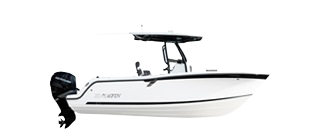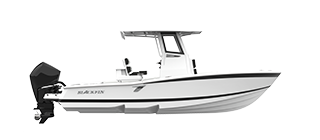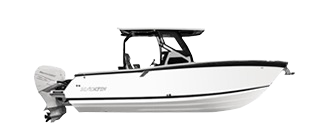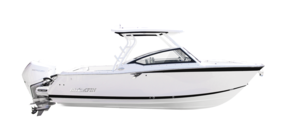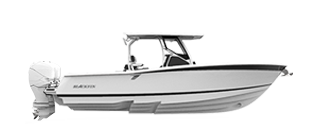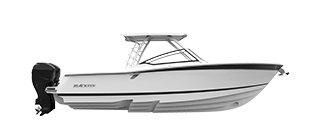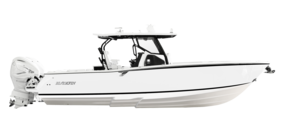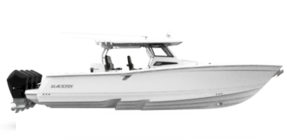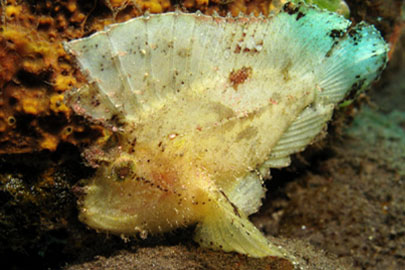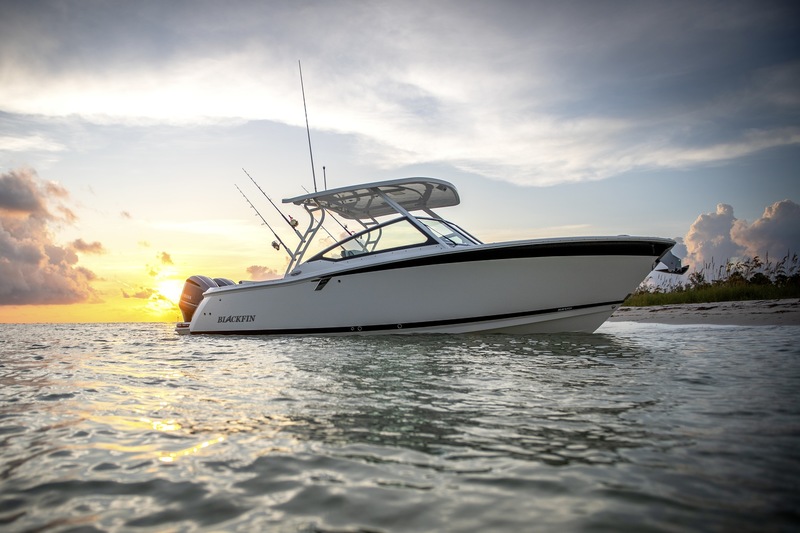
Look around and you’ll see (or smell, or hear…) the tell-tale signs of summertime, finally welcoming us back to the water for a season of splashing fun! Why not turn this month into a “mangrove May,” and use the switch of season as an opportunity to explore a truly unique coastal environment? Good news for anglers eyeing their next big catch, too: Mangroves are filled with fish seeking cover from the harsh summer sun.
Just read on as we take a virtual tour of the mangrove ecosystem, and the myriad species that call it “home.”
What Is A Mangrove?
Though a mangrove is a type of plant, the word also refers to the kind of coastal vegetation it’s a part of — clusters that grow in brackish coastal water, specifically the area known as the intertidal zone. Basically, it’s where two worlds meet: the salty ocean and inland’s freshwater. You won’t find mangroves lining the shores of Seattle, San Fran, or NYC, though. This type of vegetation is unique to the tropics and subtropics, with Florida’s Keys and white-sand Gulf Coast serving as two famous examples.
Mangroves add lush, gorgeous color to the coastal environments they grow in, but there’s even more going on beneath the surface. In hurricane-prone areas (read: all of the Sunshine State), the mangroves’ dense network of roots helps protect soil from erosion, essentially serving as a natural drainage system to prevent the storm surge (and everyday waves, too) from negatively impacting fragile coastal ecosystems.
Species That Call The Mangroves Home
In addition to this essential role, of course, mangroves are pure fun to fish. Because they occupy such a unique, “in-between” space on the shoreline, they tend to play host to a diverse range of species — from mangrove snapper, snook, and spotted sea trout to tarpon, redfish, and even some sharks. (Tip: Always know the regulations for the place you’re fishing. In popular destinations like South Florida, what’s OK to catch in one county might be different in another on the opposite coast, for example.)
Where To Cruise
Speaking of Florida…
The Sunshine State’s mangrove ecosystem is one of the world’s most beloved. Even if you didn’t quite know what a mangrove was, specifically, you knew that the state’s Keys and Gulf Coast were lined in the lush, tropical plants that almost look as though they’re floating in the water. Florida’s Ten Thousand Islands is home to one of the continent’s largest mangrove forests. Most of the islands, in fact, are actually mangrove clusters, but there are a few keys that you can visit for some fun in the sand! Your Blackfin will help you traverse the unique landscape and enjoy some seriously scenic cruising, and you can hop into a canoe or kayak to get even closer to the water and the meandering mangroves once you’ve found a good spot.
The Florida Keys are also home to an impressive network of mangroves. You might notice them as you head out for a day of fishing the flats — here, pristine H2O makes that a true joy — or on a paddling tour, as the mangrove limbs form a sort of canopy above you and your fellow kayakers.
The fascinating thing about mangroves is the way they’re always changing. Unlike a trusty palm tree back on shore, these plants are dynamic dancers on the ocean landscape, swaying with the changing wind and weather but always beautiful to behold.
Tips For Landing The Catch
Once you’ve thoroughly admired the unique mangrove landscape, it’s time to fish! Your Blackfin is swift and streamlined enough to facilitate trolling along the mangroves — this is many anglers’ favorite way to find larger fish, like those treasured tarpon or local sharks. Live bait (especially shrimp) is a popular pick for catching favorites like the mangrove snapper. Remember, the mangroves are a cool, comfortable, and (usually) safe place for fish to hang out and keep away from predators, so your pitch will need to be pretty good for them to consider venturing out from that sanctuary. Thus, live bait — or at least, artificial lures with movement that stands out against the dark, twisty mangrove roots — will be your best bet.
Some anglers think that the inshore fishing scene is slower or quieter than the stomping grounds a few miles out — but anglers who have fished the mangroves know that this one-of-a-kind environment is a thrilling challenge in itself. So next time you cruise out for your offshore adventure, be sure to make a pit-stop at the lush mangroves that circle the shore. You might just find your best catch yet, or at the very least a seriously fun time trying.
Bookmark & Share
User Comments
Be the first to comment on this post below!
Previous Article
Next Article
Most Popular Articles
- Blackfin Fishing Boats - The Legend Lives On | Blackfin Boats
- The Blackfin 272CC ? Ranked Among The Very Best Fishing Boats of 2018!
- Blackfin 272 CC Boat Test - By Lakeland Boating Magazine
- How to Acquire Your Boat Captain?s License in Florida
- Blackfins new 33? debuts at the 2018 Fort Lauderdale International Boat Show!
- Top 5 Tips for Buying Your First Fishing Boat
- What is the Best Time to Buy a Blackfin Fishing Boat?
- 5 Reasons Why Blackfin Boats are Every Angler?s Dream!


